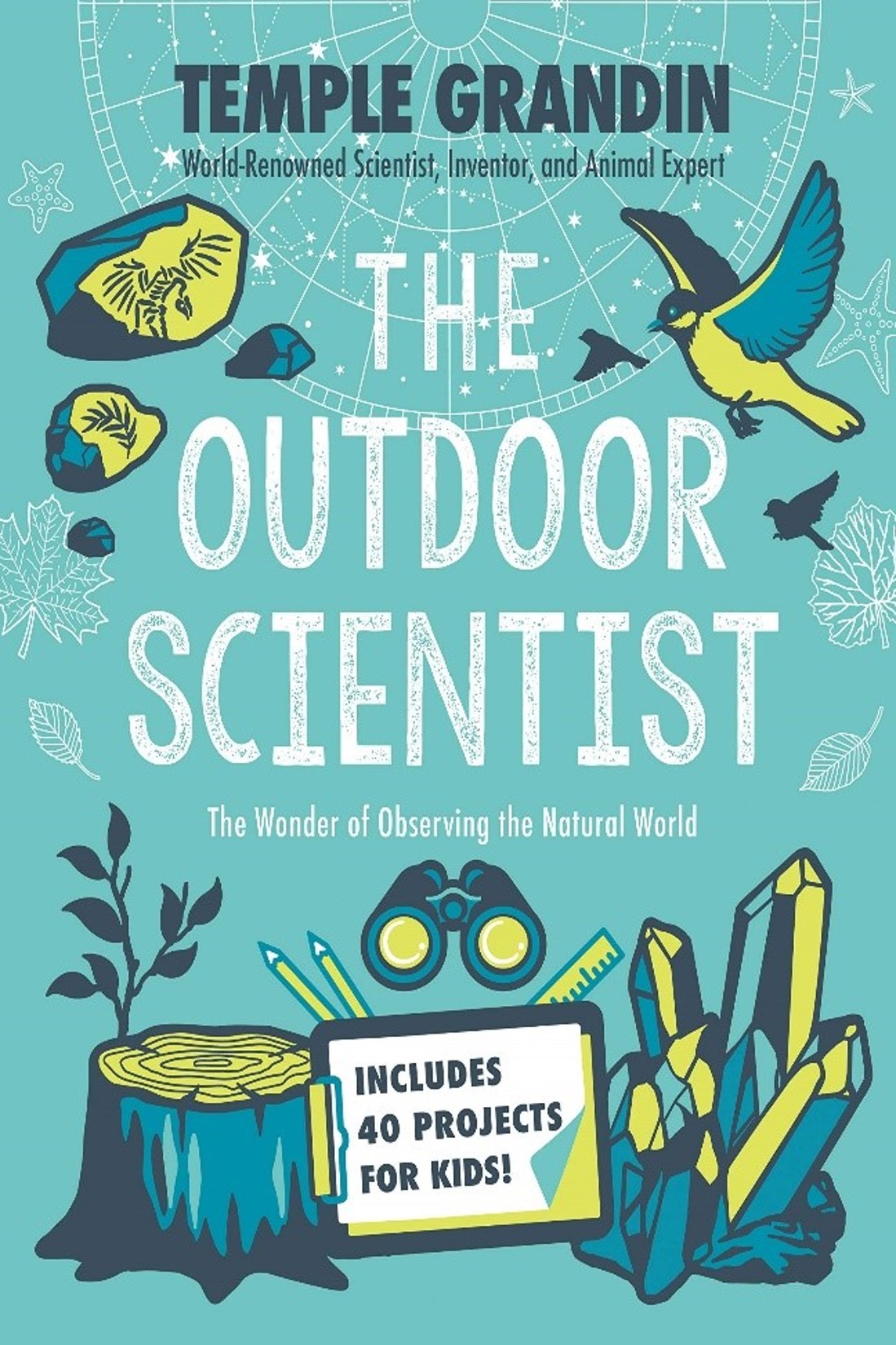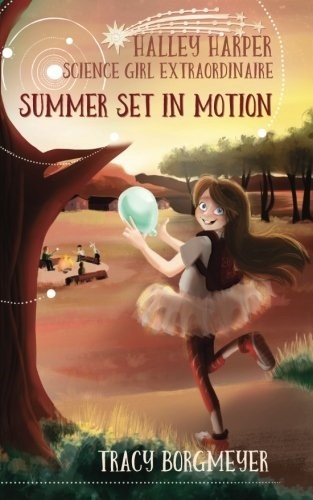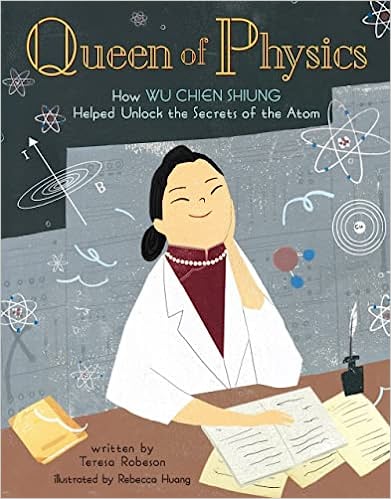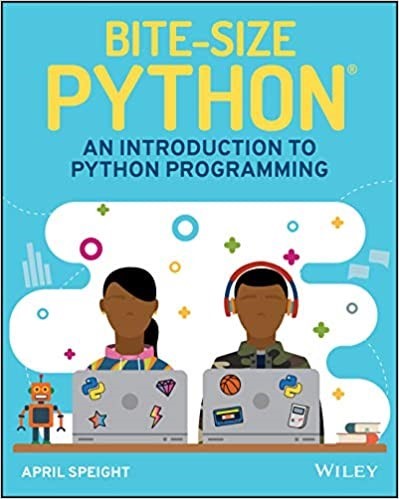A 200-page book to inculcate the scientific process and stretch the muscle on how to build things for 1st-3rd graders. With the introduction to each section, Grandin makes the reader curious and observant about the outdoors (ex. Birds). Grandin informs about nature while digging deeper on why things happen the way they do. For example, why birds can fly when discussing how feathers work and linking this to the first flight (wright brothers/aviation). To pique curiosity further, Grandin provides simple projects that children can build with things around the house or in nature. The Basic Glider project uses egg cardons and scissors and tape to create a small glider prototype that can be flown!
The book is a great fit for kids who are curious or want to try building things! I particularly appreciated that it focuses on an accessible topic. It is a terrific book to get little minds thinking about “building cool stuff”. To me, that is a great start for learning science and engineering.
About the book:
- Organized into six sections: Rocks, The Beach, The Woods, Birds, The Night Skies, and Animal Behavior.
- Has famous scientists/engineers weaved into the learnings.
- It has pictures to inform a story.
- Has multiple projects per section
- Most projects utilize items around the house + basic stationery (low cost and accessible!)
For reviews of other books featuring diversity in science, see STEM Area: Science.
For reviews of other books featuring gender diversity or neurodiversity in STEM, see Diversity Type: Gender and Diversity Type: Neurodiversity.
For reviews of other books that are great for the 6-12 age range, see Age Group: 6-8
and Age Group: 9-12.
For a listing of other books that feature gender diversity and neurodiversity in science for this age group, see https://www.stemverse.net/books?&stemarea=Science&agegroup=6-8%20(Elementary),9-12%20(Pre-Teen)&diversity=Gender,Neurodiversity. Also see our full STEM listings of books and other resources that feature diversity in STEM.





